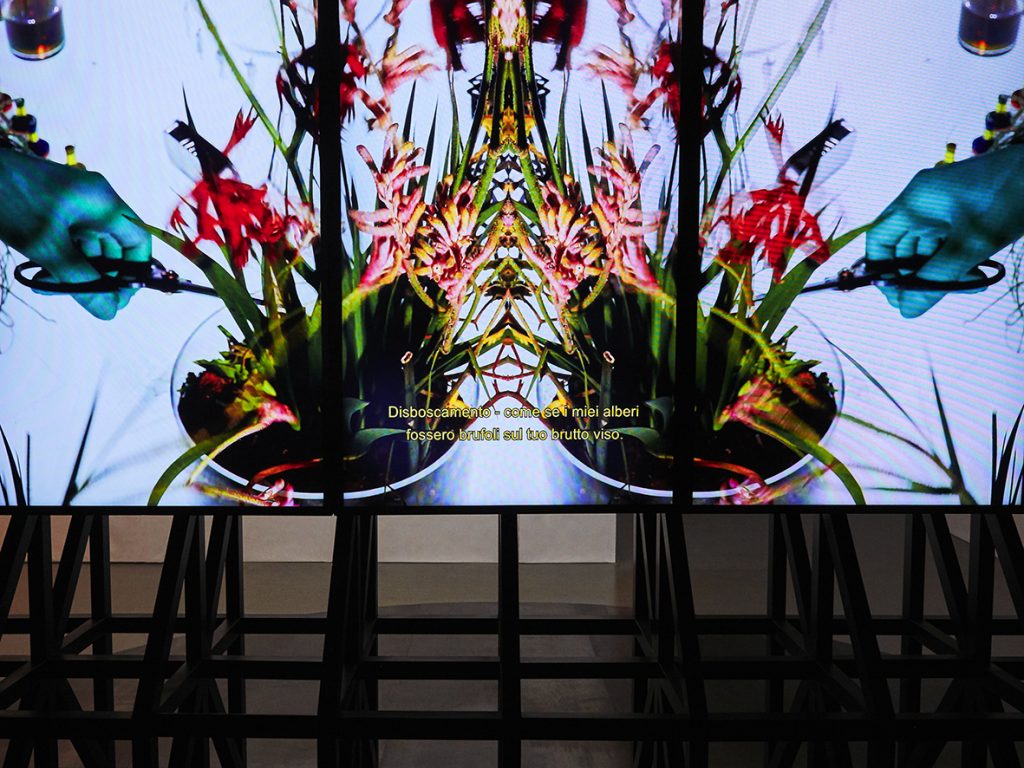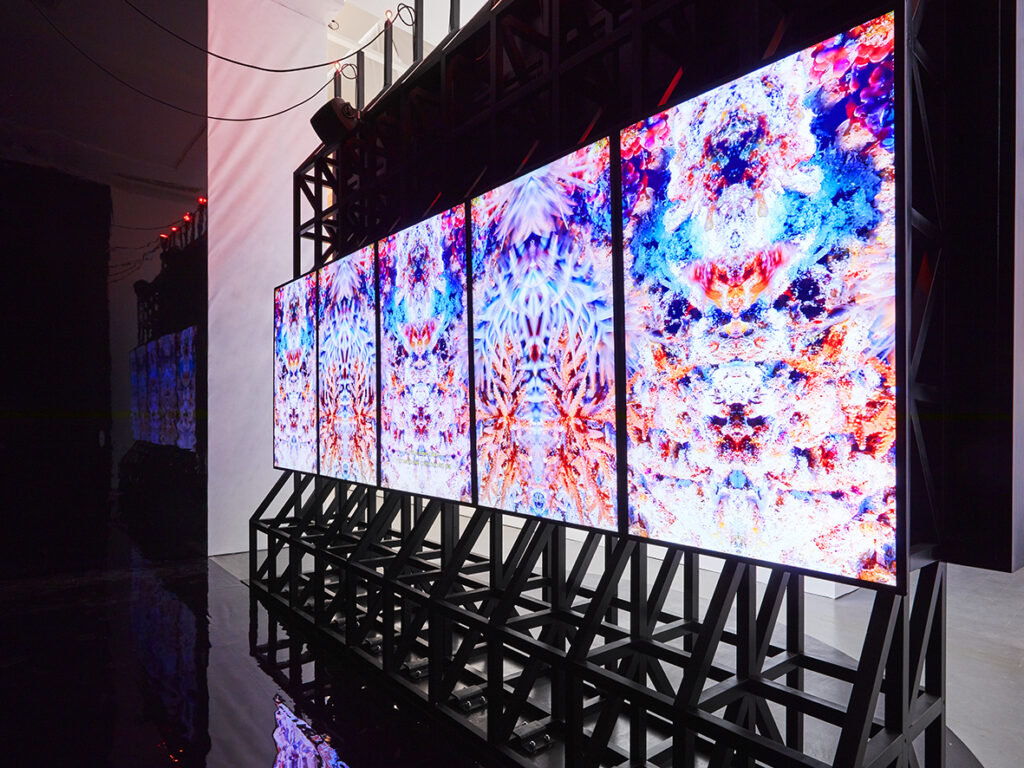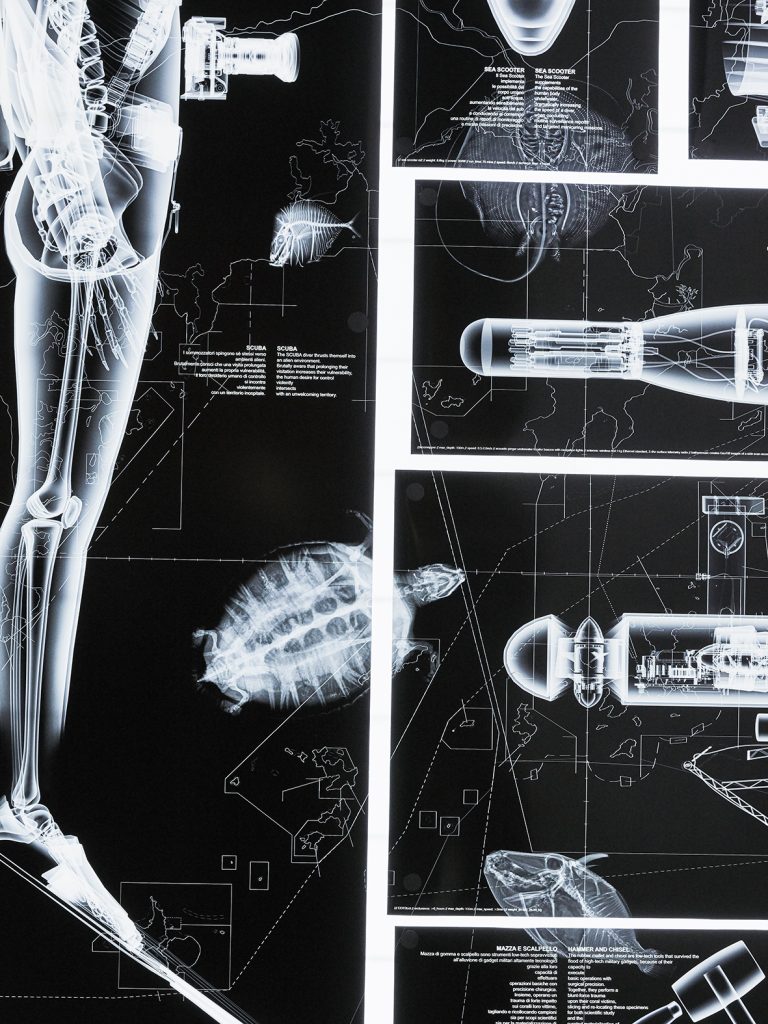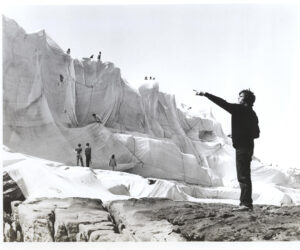Australian Pavillion wins highest honour at Milan design triennale
The Australian Pavilion, curated by a team of UTS architecture and design academics has won the inaugural Golden Bee Award at one of the most significant international events for design and architecture.
The project was selected for the official Australian Pavilion in this year’s XXII International Exhibition of La Triennale di Milano. Entitled Broken Nature: Design Takes on Human Survival, this year’s Triennale is curated by Paola Antonelli, Senior Curator of Architecture and Design at The Museum of Modern Art, New York.
Broken Nature brings together contemporary projects by leading international architects and designers in an in-depth exploration of the strands that connect humans to the natural environment that have been intensely compromised, if not entirely severed, over the years.
The Australian pavilion exhibition, titled Teatro Della Terra Alienata (Theatre of The Alienated Land) was conceived and designed by UTS academics, Amaia Sanchez-Velasco, Jorge Valiente, Gonzalo Valiente, and Miguel Rodríguez-Casellas.
The team was awarded first prize by an international jury, based on the poignancy of their interpretation of the theme, and the quality and relevance of the ideas they put forward.
“This innovative multi-disciplinary project brings architecture, design, marine science and infrastructure together in speculating about the future of the reef,” said Professor Elizabeth Mossop, Dean of the UTS Faculty of Design, Architecture and Building.
The UTS curators collaborated with leading Australian artists, designers and scientists to develop the compelling video installation. Combining contributions from celebrated Australian artists such as Janet Laurence, Shoufay Derz and Cigdem Aydemir, with philosophy and scientific research, the exhibition takes the form of a video installation.
Inspired by two years of research and teaching projects looking at the significant environmental threats to the Great Barrier Reef, the team questions the potential for restorative design to have any real impact in solving these problems.
Teatro Della Terra Alienata reimagines a new, fantastical future where the Great Barrier Reef is nurtured, protected and celebrated. Meanwhile the current activities that are threatening and damaging the reef, mining, fracking and intensive agriculture, are completely dismantled.
Head of School of Architecture, Francesca Hughes, praised the team for their intellectual bravery in challenging the lack of political imagination of the various actors threatening the reef’s future.
Co-curator, Miguel Rodríguez-Casellas said “Individual actions or design solutions themselves, are not enough to fight or adapt to the drastic conditions brought about by climate change. Scientists are telling us that the parade of ‘solutions’ have been, in fact, a parade of ‘faux solutions’.”
The curators argue that in order to save the reef, a seismic shift in the way we relate to our environment is needed. “The real question is: Can we radically redesign life around forms of joy that do not compromise life on this planet?” says Rodríguez-Casellas.
“This project focuses on innovation at the level of communication. It is about mobilising audiences beyond the narrow realm of architecture and design, and it is our hope that it inspires conversations and organised action.”
Teatro Della Terra Alienata has been generously supported by Principal Partner, HDR.
The XXII International Exhibition of La Triennale di Milano, Broken Nature: Design Takes on Human Survival is on show from March 1 to September 1, 2019 at the Palazzo dell’Arte Milano, Italy.





